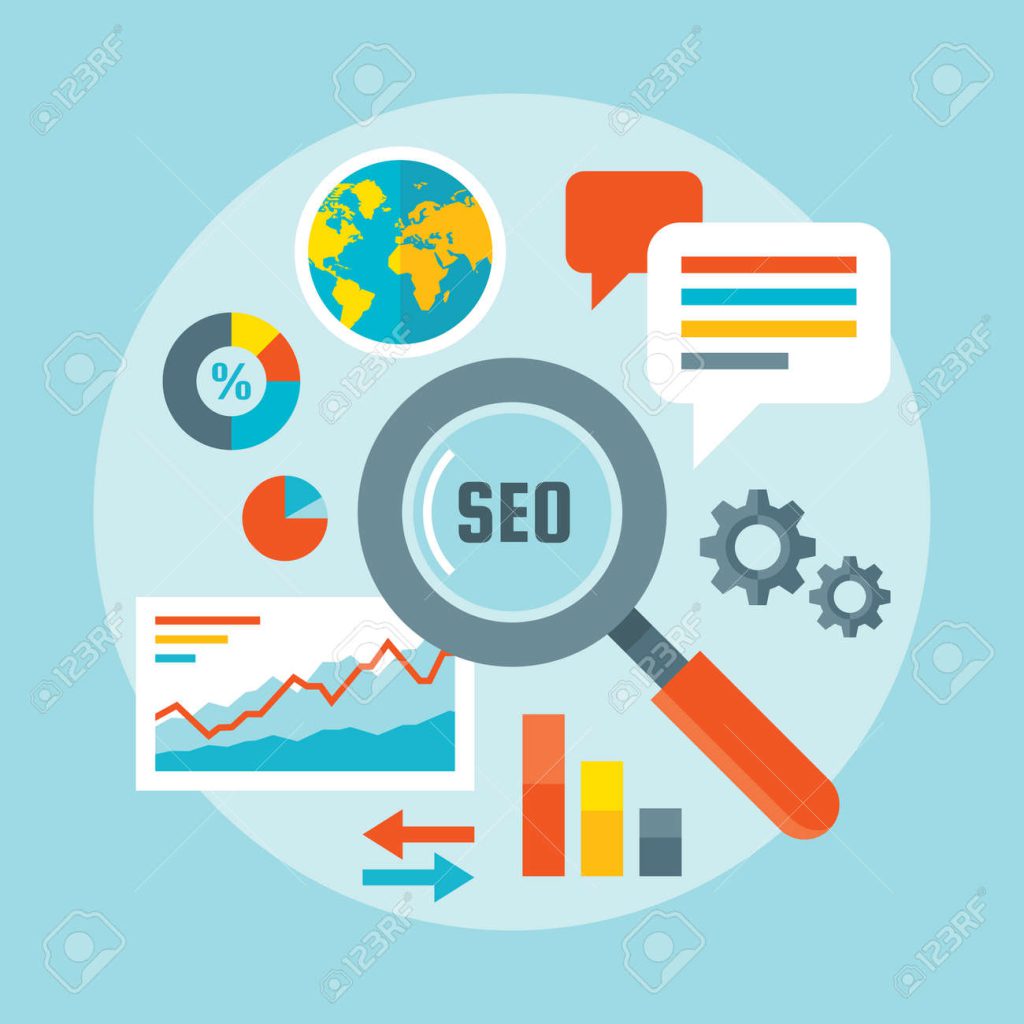Search engine optimization (SEO) is an important part of any website’s success. It involves optimizing your website’s content so that it is easily found by search engines and ranked higher in their search results. Crawling and indexing are two key aspects of SEO that can help improve your website’s visibility. Crawling is the process of having search engine bots scan your website and indexing is the process of organizing the data that the bots have collected so that it can be easily found. By understanding how these two processes work and optimizing your website accordingly, you can effectively improve your SEO and increase your website’s visibility.
Understanding the Basics of Crawling and Indexing
Crawling and Indexing are two of the most important processes in search engine optimization (SEO). Crawling is the process of discovering new and updated webpages on the internet and indexing is the process of adding these webpages to a search engine’s index. Together, these processes help search engines deliver relevant results to users when they search for something.
Crawling starts when a search engine sends out automated “spiders” or “bots” to find webpages that are linked to each other. These bots collect information from each page and store it in the search engine’s database. As new webpages are discovered, the search engine constantly updates its index with the new information.
Indexing is the process of sorting through the information collected during the crawling process and adding it to the search engine’s database. This data is then used to determine which webpages should be displayed when a user searches for something. The indexing process is complex, and involves analyzing the content of each webpage to determine its relevance to the user’s search query.
Crawling and indexing are essential components of SEO. By understanding how these processes work, you can create content that is more likely to be found by search engines and increase your website’s visibility.
Analyzing Your Website for Crawling and Indexing
Crawling and indexing are two essential steps in optimizing your website for search engine visibility. Crawling is the process of gathering information about a website by sending out a web crawler, or “spider”, to read through the site’s HTML code and identify the various elements that make up the page. Indexing is the process of organizing the information gathered during crawling and making it available for search engine algorithms to use when determining search results.
The first step in analyzing your website for crawling and indexing is to check if the site is properly indexed. This can be done by using a search engine’s tools to see if the site is listed in its index. If the site is not listed, then it is not being indexed, and there may be issues with the site’s HTML code or other technical issues that need to be addressed.
Once the site is properly indexed, the next step is to analyze the site for crawling. This involves looking at the structure of the site, the URLs, and the navigation. The goal is to make sure that the crawler can easily traverse the site and find all the relevant pages. This includes checking for broken links, duplicate pages, and other issues that could prevent the crawler from finding the content.
Finally, it is important to analyze the content of the website itself. This includes looking at the content itself, as well as the meta tags and other HTML elements. The goal here is to make sure that the content is relevant and informative, and that it is properly tagged with keywords and other elements that can help the search engine algorithms identify the content.
Overall, analyzing your website for crawling and indexing is essential for search engine optimization. By understanding the structure and content of the site, you can ensure that the crawler is able to effectively traverse the site and index all of the relevant pages. With this in place, you can ensure that your website is properly visible to search engines and can gain the maximum amount of visibility.
Strategies for Improving Crawling and Indexing for SEO
Search engine optimization (SEO) involves a variety of methods to improve the visibility of websites in search engine results. One of the most important aspects of SEO is the process of crawling and indexing. Crawling is when a search engine visits a website and collects information about the content on the page, while indexing is the process of organizing that information into an easily searchable format. Improving crawling and indexing is essential for SEO success, and there are several strategies that can be implemented to make sure that your website is properly crawled and indexed.
1. Submit your website to search engines: One of the first steps in improving crawling and indexing is to submit your website to the major search engines, such as Google, Bing, and Yahoo. This will ensure that your website is properly crawled and indexed.
2. Optimize your website structure: Ensuring that your website is properly structured will make it easier for search engine crawlers to index your content. This includes using keywords in your URLs, making sure your pages are linked together properly, and using the appropriate HTML tags.
3. Use a sitemap: A sitemap is a file that contains a list of all the pages on your website. Search engine crawlers use sitemaps to quickly find and index new content.
4. Monitor your crawl rate: Regularly monitoring your website’s crawl rate will help you identify any issues that may be preventing your website from being properly crawled and indexed.
5. Use canonical URLs: Canonical URLs are URLs that are used to indicate the preferred version of a page. This will help search engine crawlers properly index your pages and avoid any issues with duplicate content.

By implementing these strategies, you can make sure that your website is properly crawled and indexed by search engine crawlers, which is essential for SEO success.
In conclusion, optimizing your SEO with crawling and indexing is a great way to improve your website’s visibility and rankings. Crawling allows search engines to discover new content on your website, while indexing helps them to organize and store it. This process helps search engines to quickly and accurately find and serve relevant results to users. By ensuring your website is properly crawled and indexed, you can ensure your website is reaching the right audience and appearing in the right search results.













